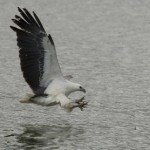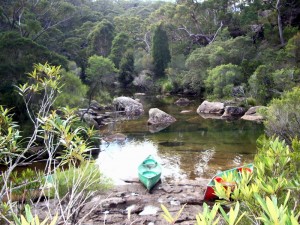My first Leadership Formation series ended almost one year ago.
Matt was one of the trio who wholeheartedly took on the challenge of the inaugural course. A few of his thoughts about the experience and the impact of the work follow…
Q. Why did you commit to and then complete the two year long course?
A. I had encountered some of the thinking in prior short workshops with Thorin and knew it would help me increase my self understanding.
Q. What was the most challenging aspect of Leadership Formation for you?
A. Finding time to complete the reading and thinking.
Q. What specific features of the course format did you most value?
A. The small group format is ideal for deeper and more meaningful conversations. Your peers get to know you and can provide rich personalised feedback from their different perspectives.
Q. What specific insights or tools from the course have you continued to use?
A. The overwhelming insight is the importance of understanding and leading yourself as a prerequisite for effectively leading others. The tool I use most after completing the coursework is the I Ching which helps trigger all sorts of new thoughts and angles on many topics.
Q. How would a colleague, friend or your partner describe the effect of the course on you?
A. Matt is more able to go with the flow and less inclined to analyse and solve all the time. Which means less stress!
Q. What advice would you give some seriously considering Leadership Formation?
A. Speak to Thorin and other graduates to see whether the style of learning is right for you.
Q. Reflecting on your experience, what five feelings come to you now?
A. Interest, curiosity, playfulness, relaxed, calm, contentment, ALIVE.


